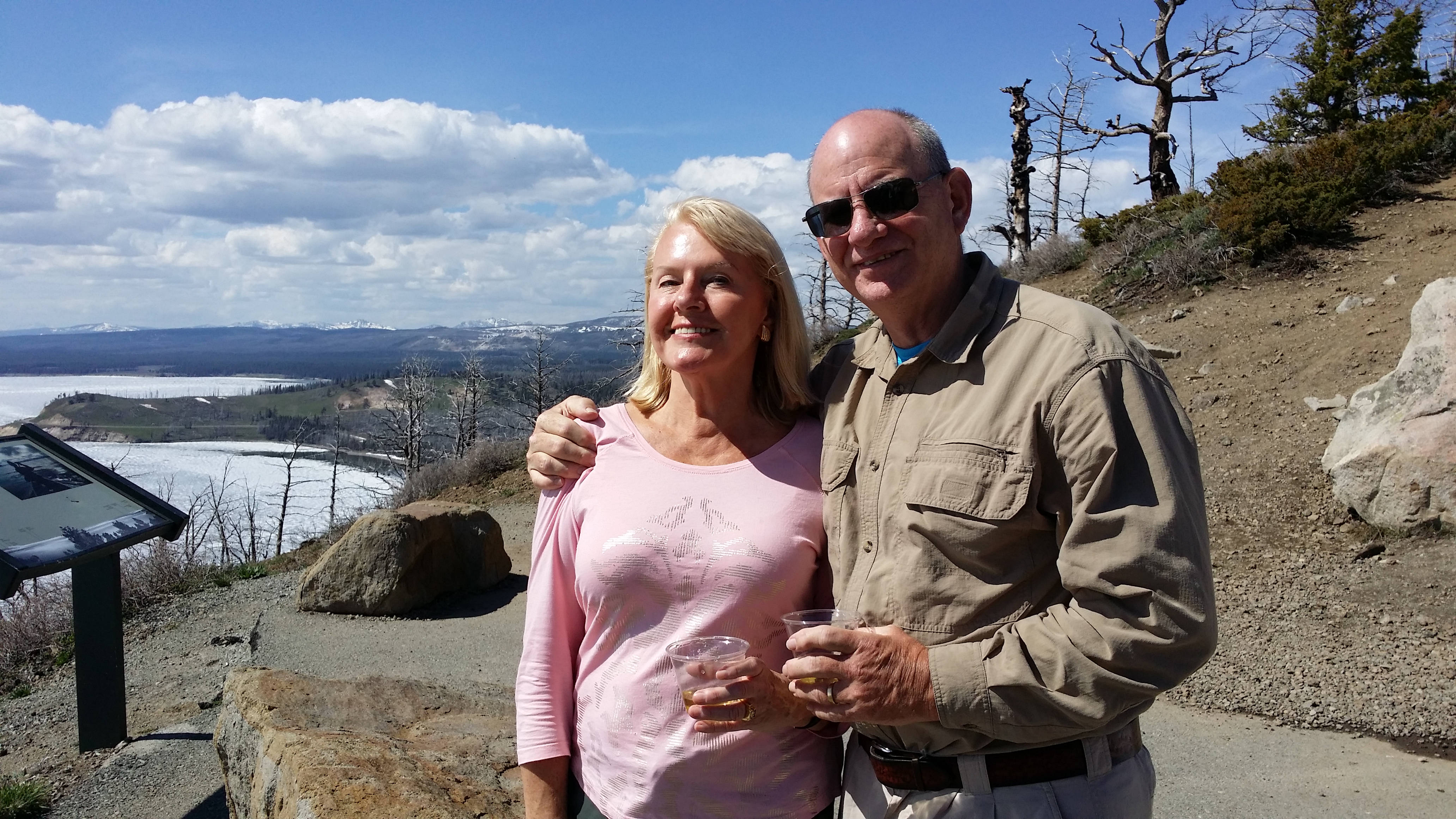Mobilno igranje na dohvat ruke
Posljednjih godina mobilne aplikacije potpuno su promijenile na?in na koji igra?i uživaju u online casinima. Umjesto da budu vezani uz ra?unalo, danas je dovoljno imati pametni telefon i stabilnu internetsku vezu za pristup omiljenim igrama. Smartphone casino omogu?uje igra?ima da u svakom trenutku otvore aplikaciju i zapo?nu igru, bilo da se radi o putovanju, pauzi na poslu ili opuštanju kod ku?e.
Prednosti iOS i Android aplikacija
Korisnici iOS i Android ure?aja imaju jednaku priliku uživati u širokoj ponudi igara, uz optimizirane aplikacije koje nude brzo u?itavanje, intuitivno su?elje i sigurnosne mjere. Aplikacije su dizajnirane tako da se prilagode razli?itim veli?inama ekrana, pružaju?i jednako kvalitetno iskustvo na tabletu i na manjem pametnom telefonu. Osim toga, integrirane su opcije za sigurne uplate i isplate, što dodatno podiže razinu prakti?nosti.
Kako preuzeti i instalirati aplikaciju
Preuzimanje aplikacije jednostavan je proces. Korisnici iOS ure?aja aplikaciju mogu prona?i putem App Storea, dok korisnici Androida koriste Google Play trgovinu. Za one koji žele dodatnu fleksibilnost, postoji i mogu?nost direktnog preuzimanja APK datoteke preko službene web stranice casina. Instalacija traje svega nekoliko trenutaka, a nakon prijave, sve igre postaju dostupne odmah.
Vox Casino iskustvo na mobitelu
Vox casino na mobilnim ure?ajima nudi jednako kvalitetno iskustvo kao i na desktop verziji. Igra?i mogu uživati u slotovima, stolnim igrama, kao i u live casino opcijama s pravim djeliteljima. Su?elje je jednostavno i pregledno, a aplikacija je optimizirana tako da ne troši previše baterije niti resursa ure?aja. Velika prednost je što se igra može nastaviti to?no tamo gdje je stala, bez gubitka napretka.
Savjeti za odabir najboljih slot igara
Slot igre su najpopularnija kategorija u svakom online casinu, a izbor je ogroman. Kako bi igra?i izvukli maksimum iz iskustva, važno je znati na što obratiti pažnju prilikom odabira.
- Povrat igra?u (RTP) – Odaberite automate s visokim RTP-om (iznad 95%) jer dugoro?no nude bolje šanse za dobitak.
- Volatilnost igre – Ako volite ?eš?e, ali manje dobitke, birajte nisku volatilnost. Za ve?e, ali rje?e dobitke odaberite visoku volatilnost.
- Tema i dizajn – Igrajte slotove koji vas zabavljaju temom, grafikom i zvu?nim efektima jer je užitak klju?an dio iskustva.
- Bonus zna?ajke – Free spinovi, multiplikatori i posebne igre unutar slotova mogu zna?ajno pove?ati potencijalne dobitke.
Sigurnost i korisni?ka podrška
Jedna od glavnih prednosti mobilnih aplikacija je sigurnost. Aplikacije koriste najnovije enkripcijske tehnologije kako bi zaštitile osobne podatke i transakcije igra?a. Uz to, korisnici imaju pristup podršci 24/7 putem chata ili e-pošte. To zna?i da se bilo kakav problem može brzo riješiti, bez obzira na to u koje doba dana igrate.
Budu?nost mobilnog casina
Trend mobilnog igranja nastavit ?e se razvijati, a o?ekuje se još bolja integracija s modernim tehnologijama poput biometrijske autentifikacije i proširene stvarnosti. Sve to zna?i da ?e iskustvo igranja na pametnim telefonima postati još interaktivnije i sigurnije. Inovacije u podru?ju mobilnih aplikacija otvaraju nova vrata za personalizirano korisni?ko iskustvo, što ?e dodatno pove?ati popularnost smartphone casina.
Zaklju?ak
Igranje putem iOS i Android aplikacija donosi maksimalnu fleksibilnost, sigurnost i užitak. Zahvaljuju?i optimiziranim aplikacijama, svaki igra? može prona?i igru koja mu najviše odgovara i uživati u njoj bilo kada i bilo gdje. Posebno kada se uzmu u obzir savjeti za odabir najboljih slotova, iskustvo postaje još kvalitetnije i nagra?uju?e. Smartphone casino nije samo trend, ve? budu?nost online zabave.

